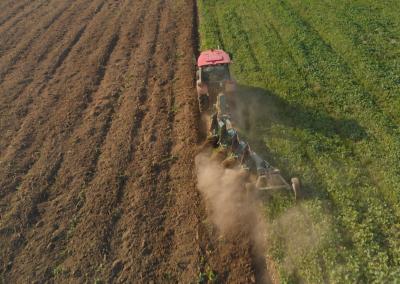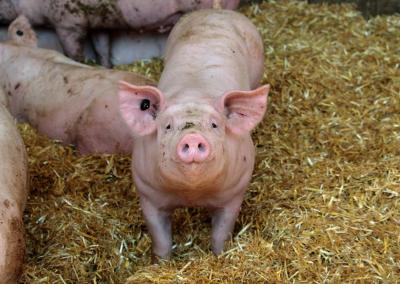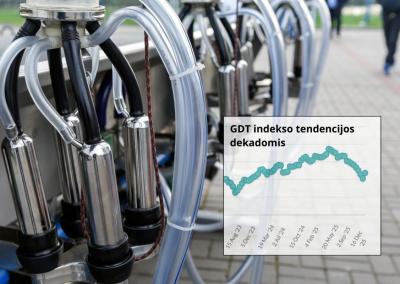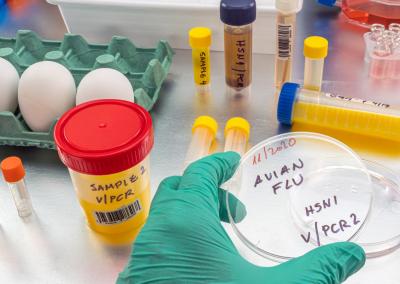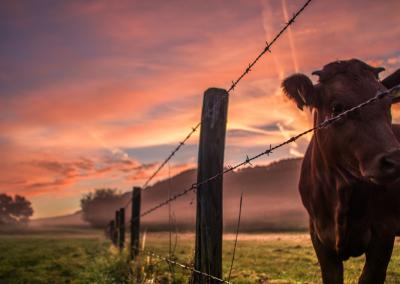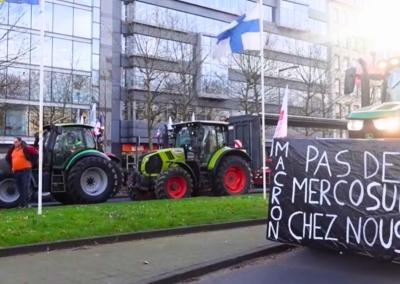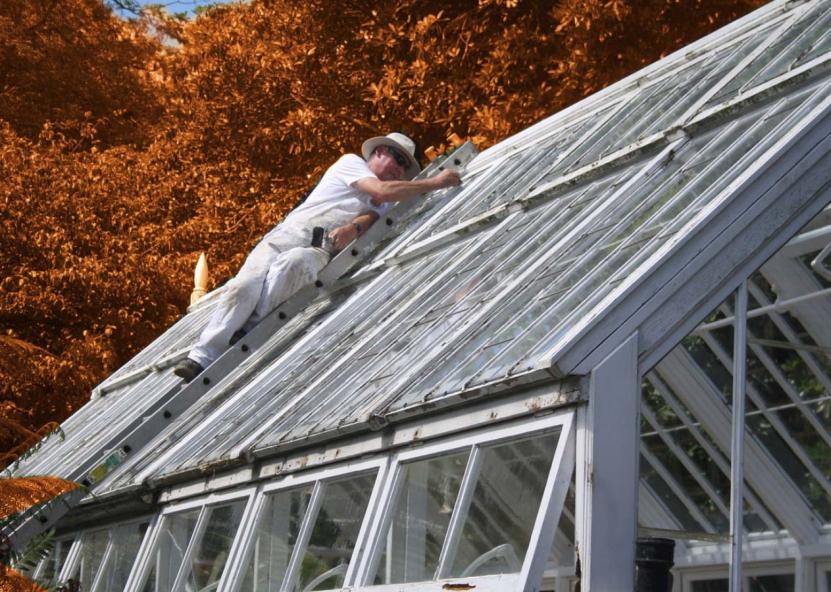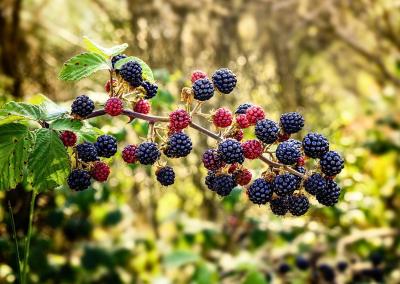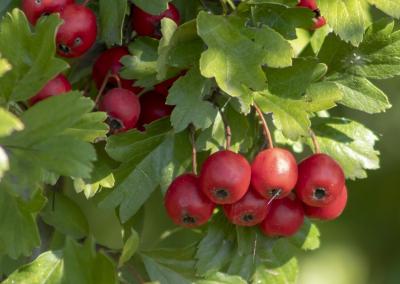Why it's better to build a greenhouse in autumn
While most gardeners are harvesting the last of their crops and preparing for winter, those with more experience know: autumn is a much better time to build a greenhouse. Those who build greenhouses in spring are like students who start preparing for exams on the last night when there is very little time left. What are the arguments in favour of autumn?
In autumn before November, the ground is not frozen solid and has not become too viscous as in spring, when the soil is just beginning to thaw from the winter frosts and has not yet had a chance to dry out from the melting water.
Imagine how difficult it is to build a greenhouse in such spring conditions? Not to mention the fact that those installing the greenhouse have to wade through mud, making the process very difficult and slow. And in autumn, the greenhouses are installed on solid ground and the frame is easily attached, which is important in strong winds. This applies to traditional film and glass greenhouses as well as polycarbonate greenhouses.
No one will build a greenhouse in the mud, even hired greenhouse installers and specialists may refuse the offer. So you will have to wait for the ground to dry. And that will not happen before April. In addition, the drying time of the soil may vary. In some areas, the land is low-lying and in some areas there was more snow in the winter, so the difference can be as much as 2-3 weeks. In that time, the spring seedlings may overgrow and swell.
Autumn is the time to do all the preparatory work – clear the soil for the future greenhouse of weeds, treat for pests and fertilise.
In winter, a greenhouse built in autumn will not have snow inside, which means the ground will freeze deeper. This reduces the number of fungi and pest larvae. And in spring, the same soil inside the greenhouse thaws and warms up more quickly, and the air in the greenhouse warms up more quickly with it. This favours early planting of vegetables.
In spring, when gardeners start looking to build greenhouses, there is a long queue for this service. Everyone wants to start enjoying their cucumbers and tomatoes as soon as possible. But spring weather is unpredictable. This can delay the installation of the greenhouse and delay the harvest. And so spring greenhouses are not installed until as late as June. This can result in an early harvest that may not happen.
In addition, the increase in demand in spring provokes an increase in greenhouse prices. In autumn, the opposite is true. By contrast, prices fall towards the end of the season. In September-October, there are almost no queues for greenhouse installation. You can even choose a more convenient installation time.
In autumn, prices for greenhouse materials and equipment are lower than in spring, when demand is much higher. Autumn – a period of sales.
In spring, there is usually some mark-up on greenhouses on sale and they become more expensive. It is not possible to install a greenhouse cheaper and faster in April-May than in September-October.
To summarise, here is a list of the advantages of installing an autumn greenhouse:
The soil is drier, making it easier to build the greenhouse;
• the soil is already prepared for early spring planting and with fewer pests;
• early planting and early harvesting possible (e.g. radishes can be planted and harvested even before tomatoes are planted);
• lower prices;
• almost no queues for installers.
Disadvantages of spring greenhouse installation:
• more viscous, undrained soil, which makes construction more difficult;
• high cost, higher than in autumn;
• queues waiting for specialists, resulting in delays in installation;
• more parasites and bacteria in the ground;
• delayed or lost harvests.


